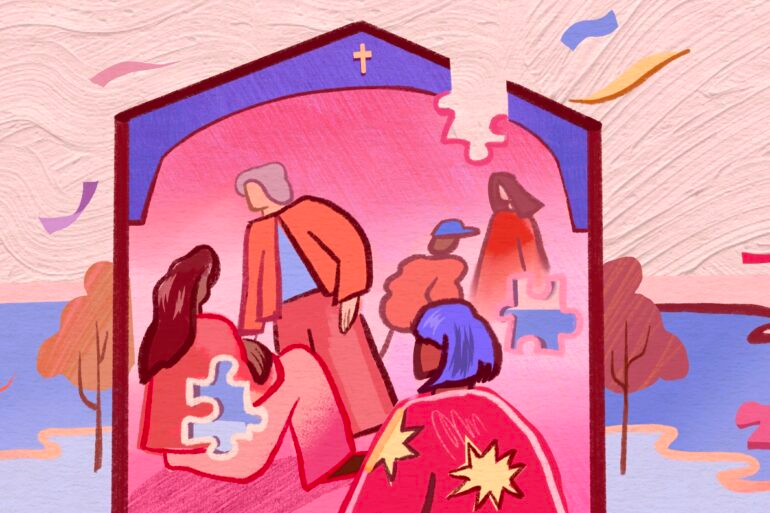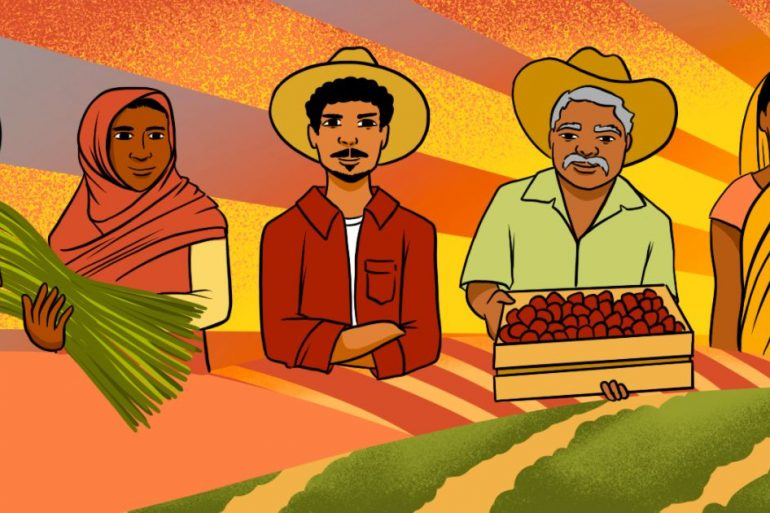I am a daughter of the mountains. My childhood home of Gatlinburg, Tennessee sat near the gateway of the Great Smokies. I went to college and started my career in western Montana, nestled between the craggy peaks of the Rockies. Today, I’m raising my daughter in the Mountain State of West Virginia.
I want her to be able to grow up with the same sense of wonder that comes from these vibrant landscapes. But as I watch her grow, so does my fear over the future of these mountains and our communities that surround them.
It took 480 million years for the Appalachian Mountains to go from soaring peaks, once higher than the Himalayas, to the weathered hills we know today. It took just 50 years for humans to blow 500 of those age-rounded peaks into pieces during the ceaseless search for coal. In the West, the Rocky Mountains stand tall over the sage-covered plains of the Powder River Basin, which continue to be gutted by mines that produce nearly half of our nation’s coal – black, hardened carbon that feeds power plants around the country.
Living in our nation’s largest coal-producing regions leads to a lot of conflicting feelings. I’m humbled by the bravery of our coal miners, who risk their lives to burrow through the earth’s core so we could turn a light on with a flip of a switch. But at the same time, I’m the daughter of the former chief scientist in the Great Smoky Mountains National Park, with a deep reverence for the mountains, rivers, and communities that coal executives would destroy for a quick profit. And I’m acutely aware of how this industry has played an outsized role in the world’s demise.
The science is clear: the mining and burning of coal is the greatest culprit in the climate crisis. Decades of its pollution has caused thousands of deaths and our search for it has forever changed the terrain of my youth. But we can’t only fixate on cutting climate emissions in our quest to stop an environmental crisis. We must pay equal attention to how these changes affect workers who long relied on coal for a paycheck and the communities that needed that revenue to fund public schools, parks, and roads. The United States has to commit to not leaving these communities behind as we transition to a clean energy economy.
Trump likes to say he’s committed to reviving the coal industry, but he uses coal workers as little more than political pawns and partisan backdrop. So far, 60 percent of US coal plants have been put on the path to retire, with more to follow. And as the coal industry spirals into bankruptcy, it’s abandoning the people and communities who once made it profitable.
As all of this unfolds, there is still no real plan to ensure coal workers get pensions and healthcare they earned and need to support themselves through old age and ill health. Meanwhile, thousands of coal mines continue to pollute Appalachia’s water and land even as these massive human-made craters lay abandoned. After nearly 200 years of relentless mining for West Virginia coal, it will cost an estimated $1.6 billion to reclaim hundreds of mines scattered across my home state. It’s a hefty price tag for sure, but it’s worth every penny if it means protecting public health and creating a new generation of family-sustaining jobs.
And yet, the Trump Administration and coal barons do nothing. According to the federal Mine Safety and Health Administration, only fifty-four thousand coal jobs remain nationwide. In Kentucky, jobs in the industry have dropped by eighty percent over the past three decades. As hard as it is for some, it’s time to accept the fate of an industry. There is legislation in front of Congress right now that will help workers and give the region much needed relief. It’s time to pass it and begin the process of restoring these places. By investing in restoring the landscapes blasted to pieces across coal country, we can also make investments in the communities and displaced workers.
While recently walking through the mountains with my daughter on a late summer day, I couldn’t help but look at her and think about her future. The climate crisis is real and it’s scary, and my desire to protect her from it is why I’m working to end our reliance on fossil fuels. But I also don’t want her home state to become a ghost town filled with tattered remains of a forgotten past.
I’m not going to pretend to know all the ways to revive this region — but I can see what we will lose if we accept the status quo. As I walk with my daughter, I can imagine what’s possible if we work together to restore this land and embrace a clean energy future that keeps the skies clear enough to see the magnificent mountain views ahead.















